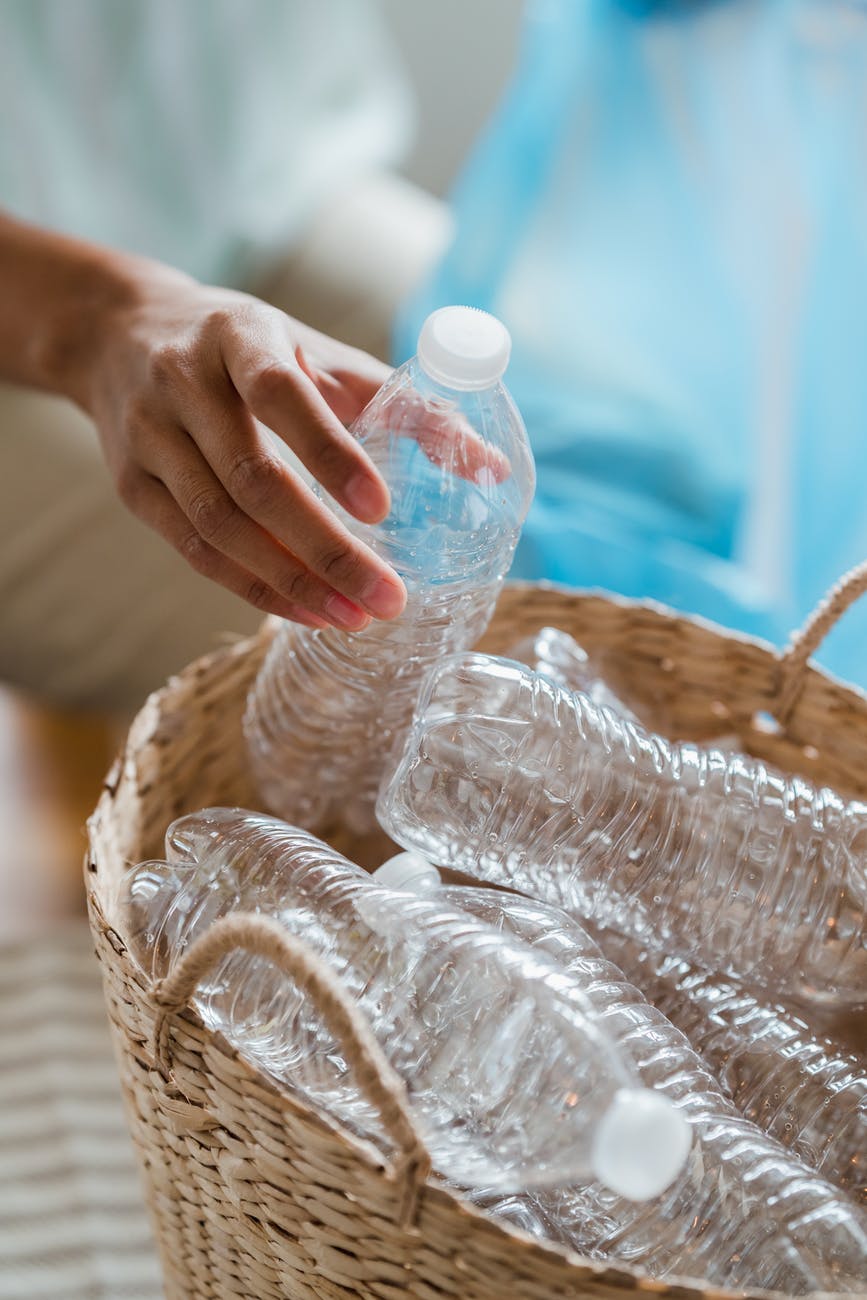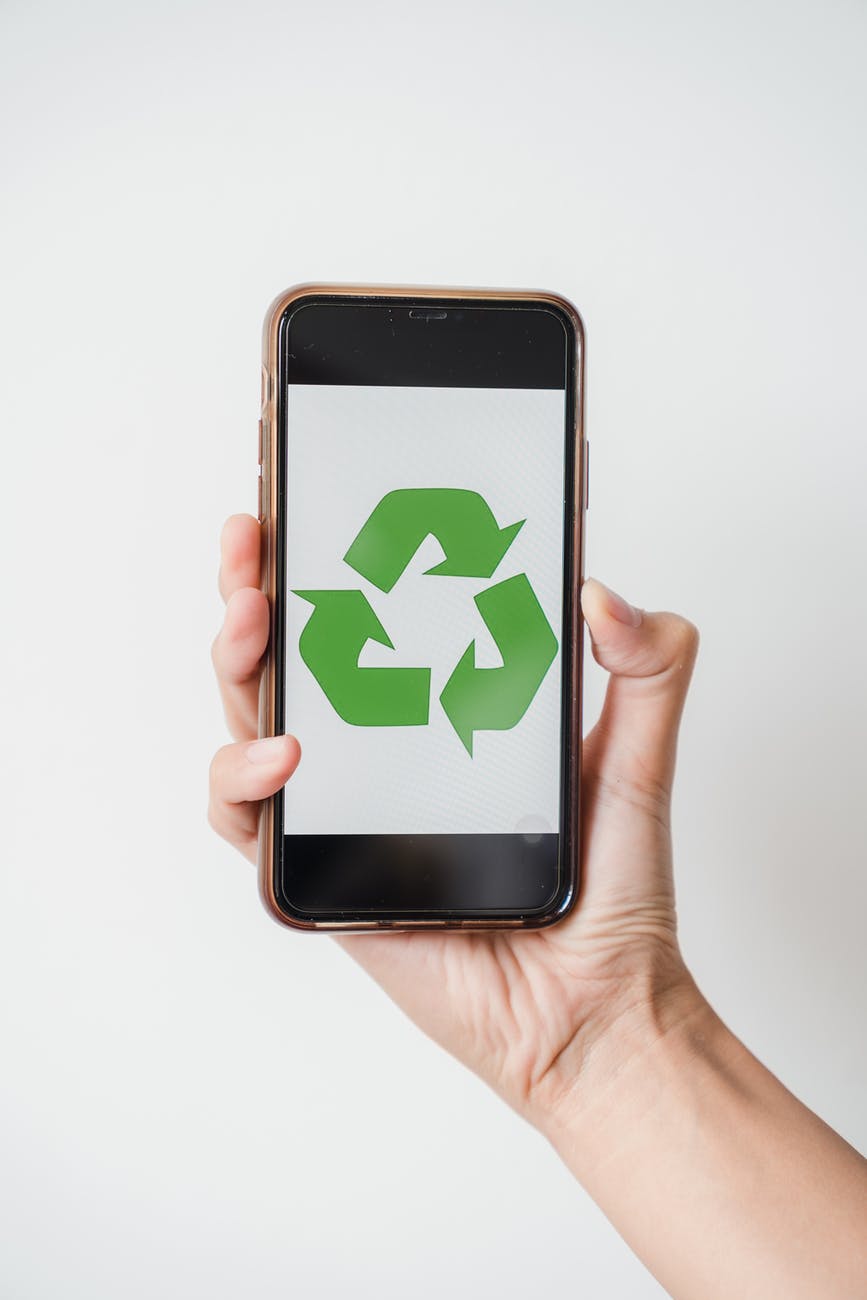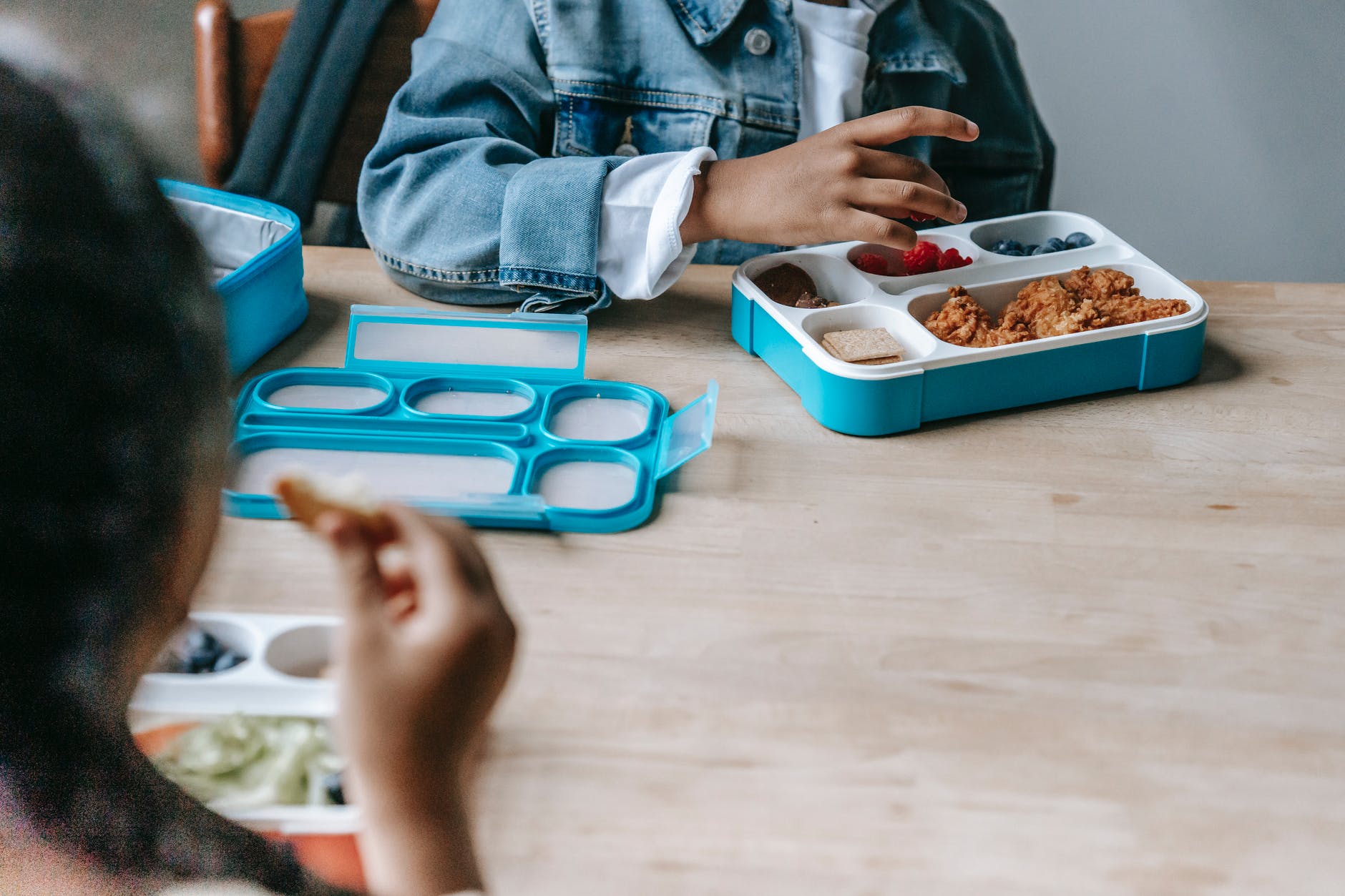Recycle is to reuse or make available for reuse for biological activities through natural processes of biochemical degradation or modification. Recycling is the process of converting waste materials into new materials and objects. Recycling is a key component of modern waste reduction and is the third component of the “Reduce, Reuse, and Recycle” waste hierarchy. It promotes environmental sustainability by removing raw material input and redirecting waste output in the economic system. The recyclability of a material depends on its ability to reacquire the properties it had in its original state. It can also prevent the waste of potentially useful materials and reduce the consumption of fresh raw materials, reducing energy use, air pollution and water pollution. Recycle Conserves natural resources such as timber, water and minerals. Disposable waste is bad for the environment and plain. Most of us want to help the environment today by recycling as much as we can. Here is the list of top 10 ways to recycle effectively to save our planet.
1.Reuse bags

Despite our greatest efforts to minimize our use of plastic grocery bags by opting for reusable shopping bags, that pesky plastic always has a way of ending up in our homes. But you don’t have to throw them away and add to the ever-growing plastic refuse fill. This could be as simple as reusing your existing plastic bags or purchasing a handy material bag that you can use again and again. Speaking for Mother Earth, plastic is a problem. It most often ends up polluting landfills, where it can take up to 400 years to break down, or contaminating our planet’s marine ecosystems. According to the Environmental Protection Agency, between 4.8 and 12.7 million metric tons of plastic waste entered the global marine environment in 2010.
2.Understand the rules

Sort your materials by stream. Wherever possible, attempt to separate your recyclable materials by type. Know what is accepted in each stream. It seems simple: cardboard goes with cardboard; glass with glass, and plastic with plastic. Wishcycling is a prime contributor to our out-of-control contamination rate, and it can only be solved if you think before you throw. Know your exceptions for recycling. Not all plastics, papers and glass are made equal. Always look to reuse. This rule provides you with a chance to flex your creative muscles. Remove food and liquids from recyclables. The leftover drops of juice in a jug, or any liquid container for that matter, can send your recycling efforts right to the landfill. Recycle e-waste the right way. Know what constitutes hazardous waste. Hazardous waste is perhaps most common in manufacturing facilities, yet there are many common items familiar to any business that are actually considered hazardous. Take a few moments to understand the specific recycling rules. Go one step further by hiring a commercial cleaner or educating your entire family.
3.Buy rechargeable batteries

Most rechargeable batteries can be recharged hundreds or even thousands of times so imagine the vast amount of battery waste that would be created if we had to rely on single-use batteries. Keep batteries out. Some batteries can be recharged by reversing the chemical reaction that takes place when the battery is being used. This allows the battery to be used repeatedly. Rechargeable batteries can replace dozens of non-rechargeable batteries in many cases. Some rechargeable batteries are designed for specialized applications. Both household single-use alkaline batteries and rechargeable batteries contain metals and chemicals that are not only hazardous. There are four types of rechargeable batteries: nickel-cadmium, nickel-metal hydride, lithium ion, and small sealed lead-acid. These batteries are used in cordless phones and power tools, lap top computers, video cameras, and many other products. After a certain number of uses these batteries can no longer hold a charge and need to be recycled. Rechargeable batteries are just as recyclable as their non-rechargeable counterparts. If released into the environment but also can ignite under certain conditions. A rising threat on the wishcycling list is the amount of batteries carelessly deposited in recycling bins around the country.
4.Recycle your electronics

You may not realize this, but a lot of mobile phone providers will actually recycle your phone for you when you switch it out for a new one at your nearest electronics recycling depot is. E-waste is growing rapidly and its rapid increase can be a severe loss of mankind. It contains different harmful chemicals as it is primarily composed of precious metals like aluminum, copper, silver, gold, palladium, plastics and other ferrous metals. Metals are found the most harmful materials in e-waste, which produce dangerous fumes when disposed of. These fumes are proved harmful for health, agricultural purposes and marine life. All electronic waste is made up of deadly chemicals such as lead, cadmium, beryllium, mercury and brominated flame retardants. Disposing of gadgets and devices improperly increases the chances of these dangerous chemicals contaminating the soil, polluting the air and leaching into water bodies. When e-waste is deposited in a landfill, it tends to leach when water passes through it picking up trace elements. After which the contaminated landfill water reaches natural groundwater with increased toxic levels, this can be harmful if it enters any drinking water bodies. A lot of children in such countries earn their livelihoods by scavenging gold, silver, iron, and copper from the tech waste which is harmful to their health.
Give Your Electronic Waste to a Certified E-Waste Recycler. You need to find an e-waste recycler who is officially certified by the Basel Action Network (BAN). BAN is a non-profit organization of recycling companies which are dedicated to recycling e-waste in a safe and responsible way. Working alongside a certified recycler means that you don’t have to worry about polluting another nation or risk losing your personal details to criminals. Sell Off Your Outdated Technology. You can tap into online sites like craigslist, eBay or even resort to having a garage sale as this will help you get rid of your outdated electronics as well as earning some money. Most electronic shops are always ready to buy your old electronics. Visit Civic Institutions. Enquire amongst your government, universities, and schools for any recycling programs they run as a lot of organizations have started assigning a certain day and place for environmentally conscious citizens to come and drop off their e-waste. Give Back to Your Electronic Companies and Drop Off Points. A lot of electronic companies tend to have an exchange policy whereby they take back your old gadgets when you buy a later version, sometimes offering you a discount on your new purchase.
5.Create a composting system

Compost is the single most important supplement you can give your garden. It’s a simple way to add nutrient-rich humus to your lawn or garden that fuels plant growth and restores vitality to depleted soil. It’s also free, easy to make, and good for the environment. But composting also has other benefits. Simply recycle leftover food, garden waste and pieces of cardboard. This adds nutrients to your plants and helps retain soil moisture. Composting can divert as much as 30% of household waste away from the garbage can. That’s important because when organic matter hits the landfill, it lacks the air it needs to decompose quickly. Instead, it creates harmful methane gas as it breaks down, increasing the rate of global warming and climate change. Get started by purchasing a simple system from your local hardware store.
6.Donate

Donate your Outdated Technology. Old gadgets that you no longer need can be donated as they may be useful to others. Your old computer may be useful to either an NGO or students as their resources are limited and outdated. If your computers, refrigerators or microwave are still in working condition, you can donate them to a non-profit for starters. You can sell your used electronics on websites like Olx or Quickr, while several companies like Amazon and Flipkart have exchange offers for mobile phones. A lot of organizations and businesses offer electronic donation programs. You should ask yourself these 2 questions before disposing of your old electronics: Is the electronic item working? Does the computer have any of your personal information? We will likely rage on for years to come. But embracing new technologies brings up a huge question. From a pair of used batteries to obsolete headphones, cords, phones, tablets and laptops, there’s bound to be quite a bit of electronic waste in our homes and offices. The larger items are often donated, sold or exchanged when we upgrade our electronics, but the smaller pieces tend to be thrown carelessly into the bin if we don’t pause to segregate our waste. Sending any electronic item to the landfills has its environmental repercussions. Singapore generates about 60,000 tonnes of e-waste a year. That’s equivalent to discarding about 70 mobile phones per person in Singapore. This number is expected to increase with greater spending power and new technologies constantly replacing old ones. If you have old towels, sheets or clothes lying around the house, donate them to thrift stores.
7.Get crafty

There could be several things made from waste materials at home. And these crafts can also help your kids in their classroom projects. Hence the best out of waste craft ideas are most suitable to reuse waste materials and decorate your house. Toxic waste can be dangerous and detrimental to health and bad for well-being of you and your family. It is important to get rid of them immediately. It would be a great idea to reuse these waste. When put to the right use, you can create useful things from waste material such as pretty handicrafts for your home, accessories or even toys for your kids. It is fun and a creative way to keep your children occupied in thier waste management projects. CD Coasters Idea, Vase From Bottle Idea, Ice-Cream Stick Fighter Plane Idea, Bird House From Carton Idea, Glittery CD Fish Idea, Tin Can Chimes Idea, Pineapple Pen Stand Idea, Sock Puppets Idea, Popsicle Photo Frame Idea etc.
8.Bring your own cup

Paper cups are not recyclable because of the plastic liner and coffee contamination. Garbage haulers do not accept plastic lids in curbside recycling bins. The vast majority of disposable cups and lids sold at coffee shops eventually arrive at the landfill. You can bring your own reusable coffee cup and give it to the barista to fill up your coffee. Only 1-2% of Starbucks customers bring their own cup, even with a 10 cent discount incentive. If an individual purchases a disposable cup every day, this creates about 23 pounds of waste per year. According to a study by Starbucks, each paper cup manufactured is responsible for 0.24 pounds of CO2 emissions. Recycling Advocates estimates that 50 MILLION disposable coffee cups are used in the Metro area per year. This equates to 3 MILLION pounds of solid waste being generated and 6,000 metric tons of CO2 being generated. This is equivalent to almost 600,000 gallons of gas consumed, or 6 million pounds of coal burned for one year.2 Reducing the environmental impact of our cups depends on the success of two interrelated efforts: developing recyclable cup solutions and dramatically increasing our customers’ use of reusable cups.
9.Pack your lunch

Consumers are increasingly aware of the life cycle of packaging and its place in the circular economy (CE). The power of consumer choice and brand loyalty has required the packaging industry to reassess its relationship with waste, resources, and material use. Paper packaging, in many circumstances, fits well into the circular economy model because paper is a highly recyclable and renewable resource. Coatings offer paper plates, cups and packaging improved water barrier for perishable and frozen foods like seafood, fruits, and ice cream; oil and grease resistance for bakery and fast food service applications; for boxed foods like cereal and crackers; and improved release properties for frozen meats and meals. Our global production capabilities deliver security of supply with regionally compliant solutions. We’re a global alliance of people who care deeply about protecting forests, fighting climate change, and improving the working conditions and livelihoods of rural people who produce the things we consume on a daily basis. Learn about why we’re wasting so much food and be able to analyse underlying issues behind the food waste problem. Understand the effects of the food waste problem on the environment and on the climate. Be capable to analyse and understand different solutions for the food waste problem and come up with your own ideas as well. You’ll learn how to reduce food waste in your own household.
10.Go paperless

We are making efforts to more effectively use limited natural resources and reduce our environmental impacts to assist in the creation of a recycling-oriented society. As part of our commitment to reducing paper usage we continue to digitize prospectuses, reports, forms, and other documents. Stop using paper altogether in favor of storing all information on your computer. Take advantage of the widespread access to online services to increasingly distribute electronic prospectuses and reports to clients, thereby conserving paper and reducing waste. This saves a lot of paper as prospectuses are mandatory for all products and contain many pages of detailed information. According to the Environmental Protection Agency, the average office worker generates approximately 2 pounds of paper. 90% of accumulated office waste is paper. It probably isn’t as difficult as it sounds, and the financial, organizational and of course the environmental benefits that come along with going paperless makes it all worth it. The EPA estimates that a paperless office can save around $80 per employee in costs just related to paper, ink, toner, storage space and postage. Use digital documents only.
